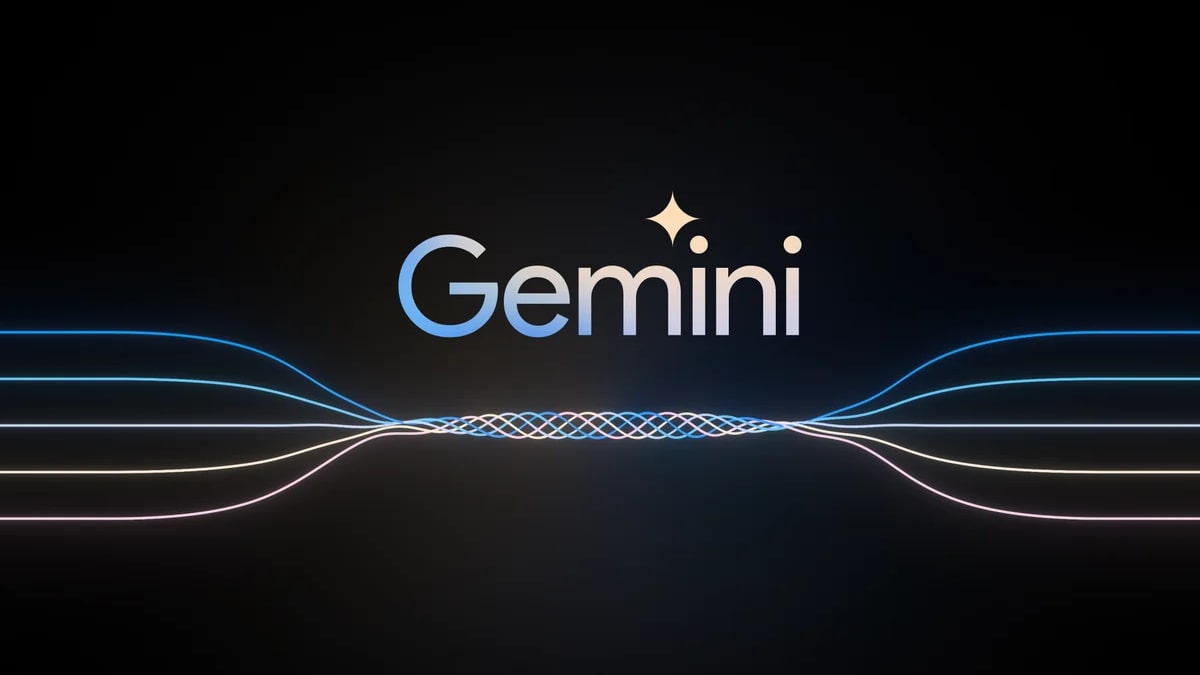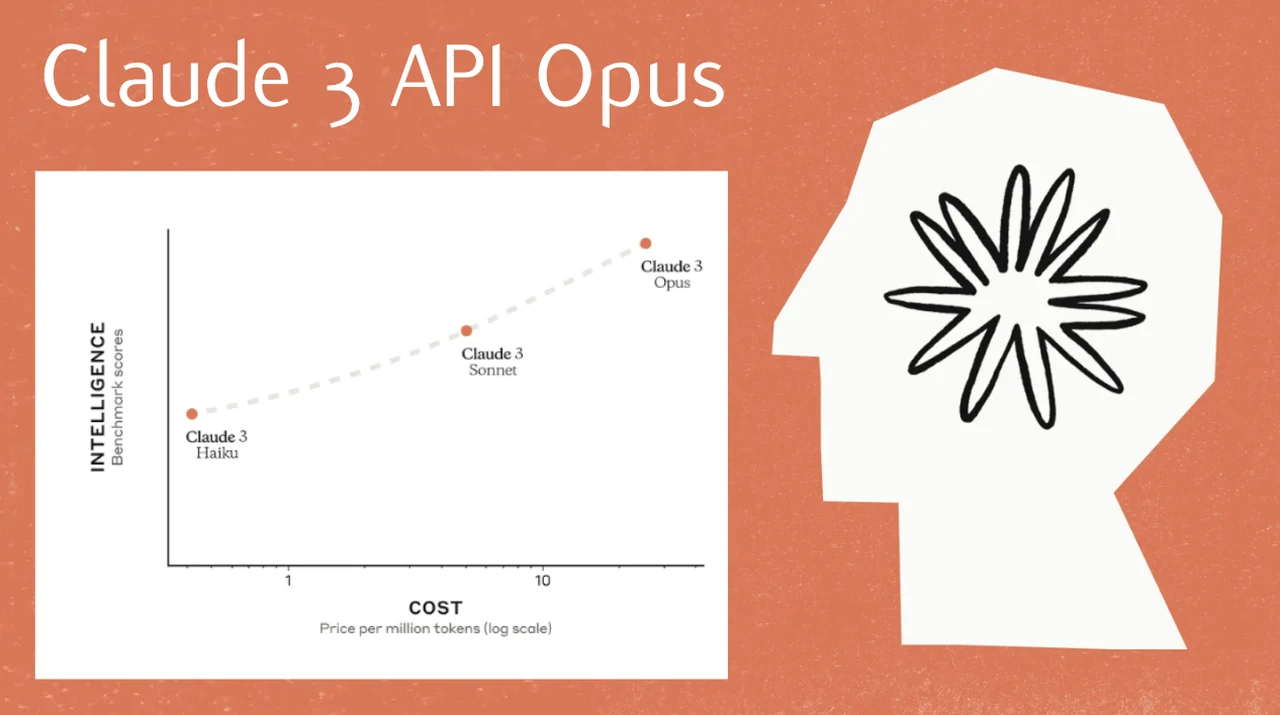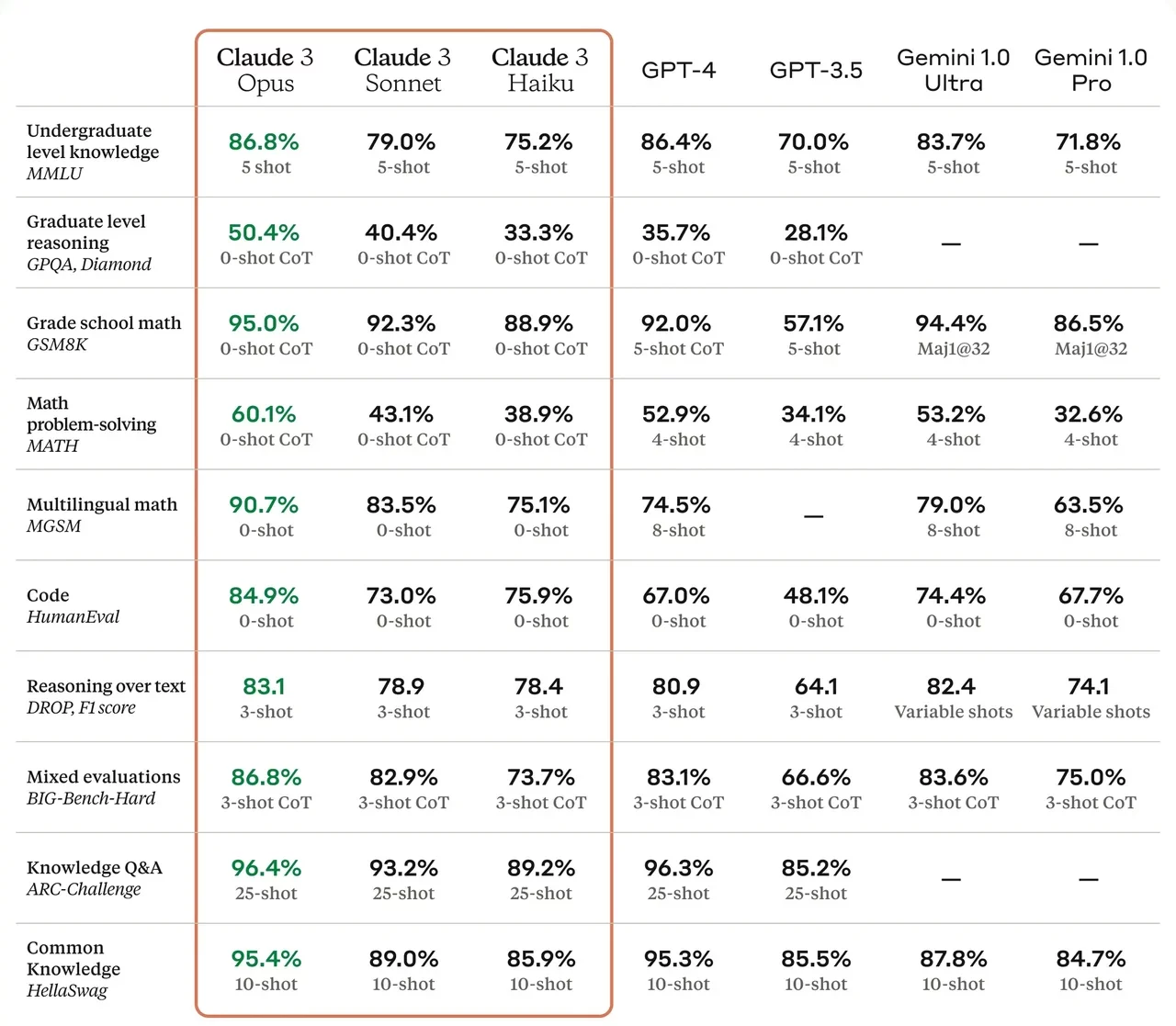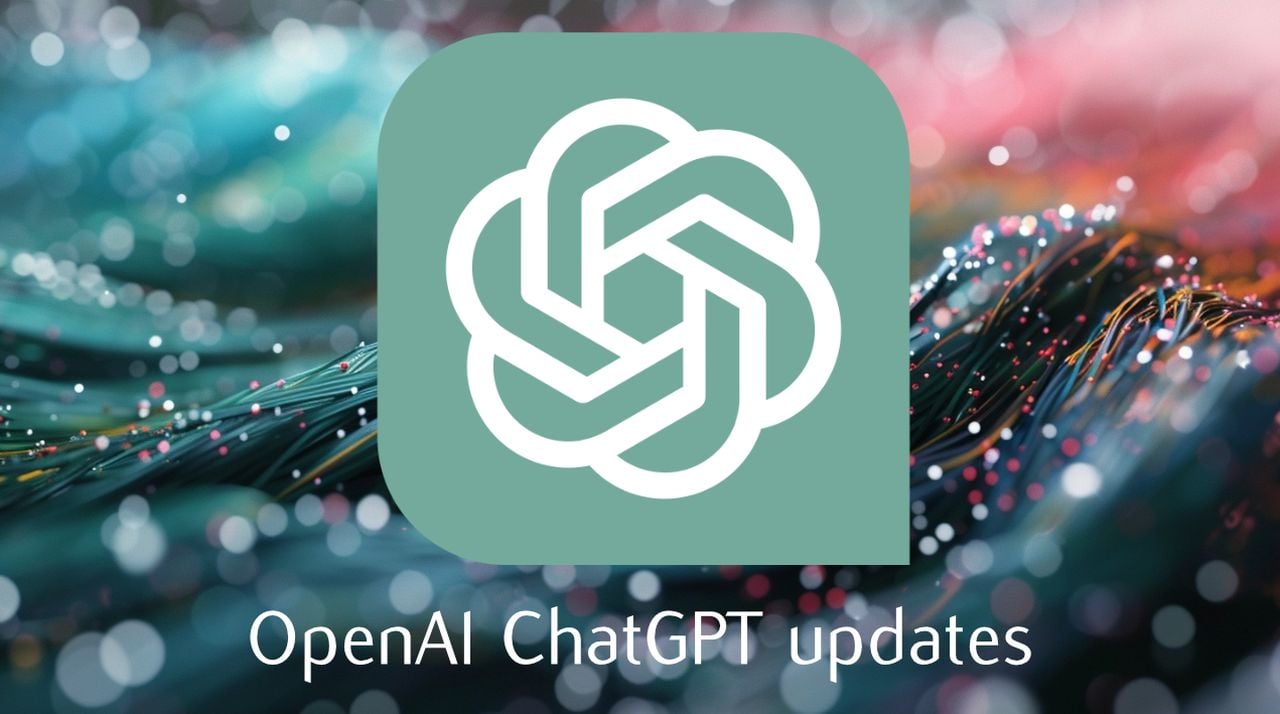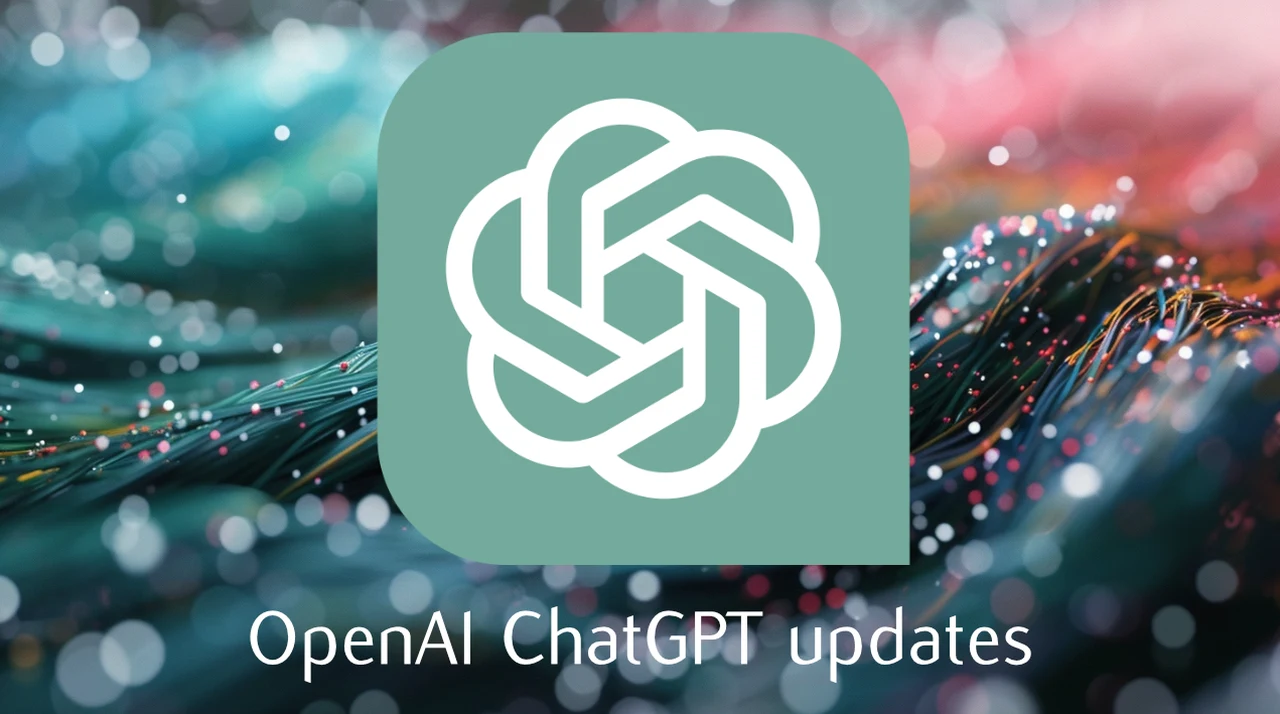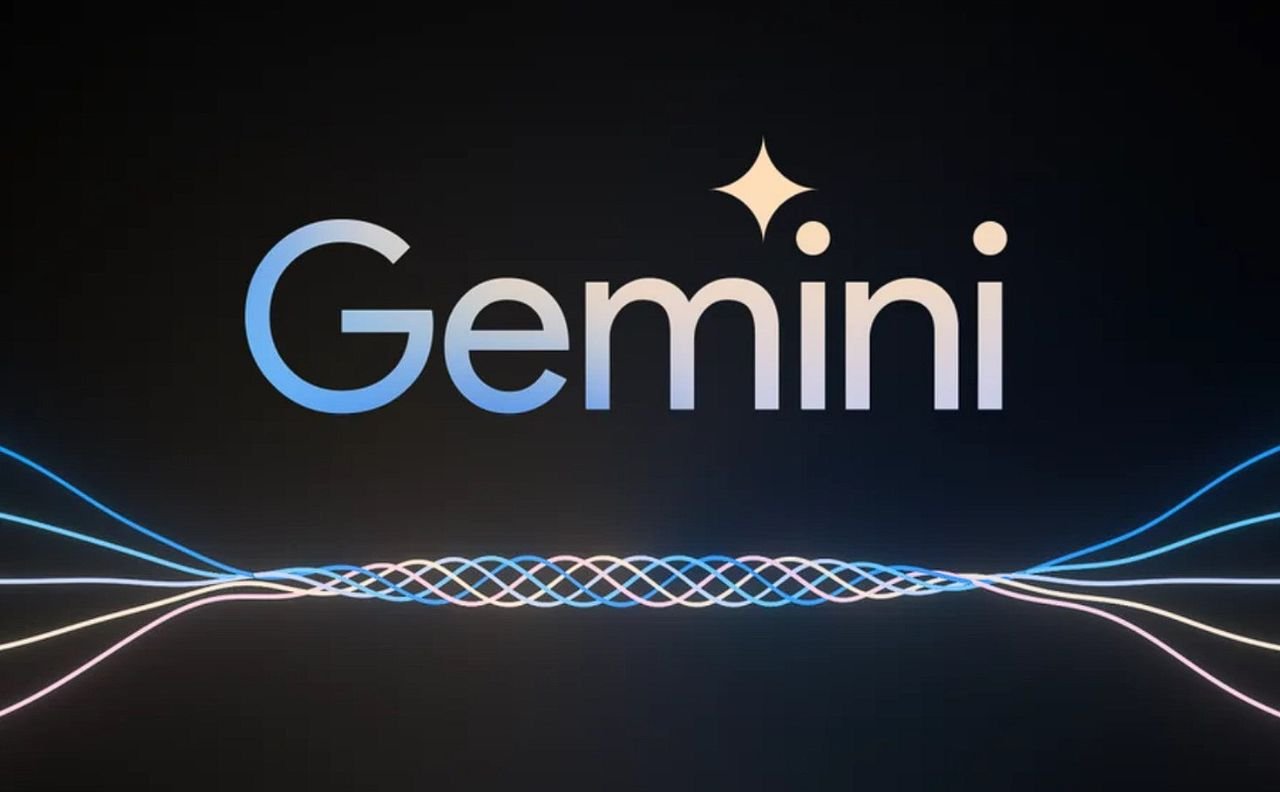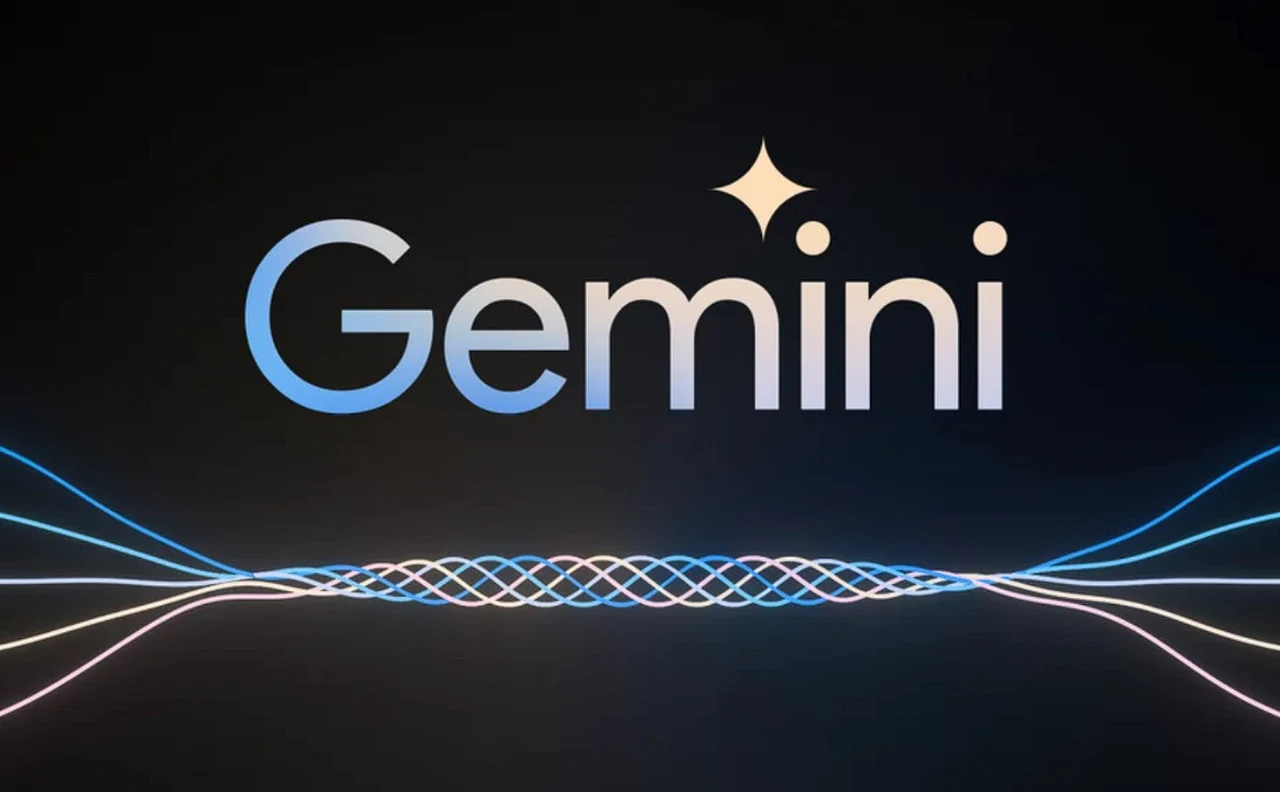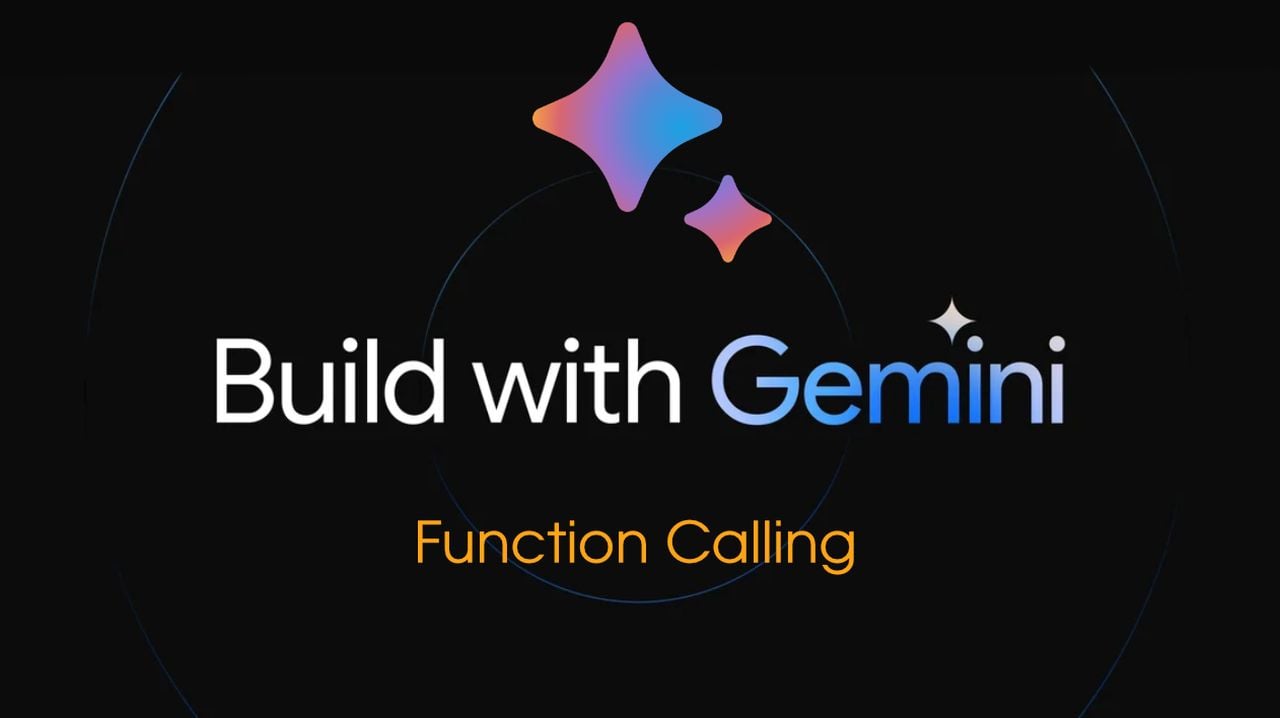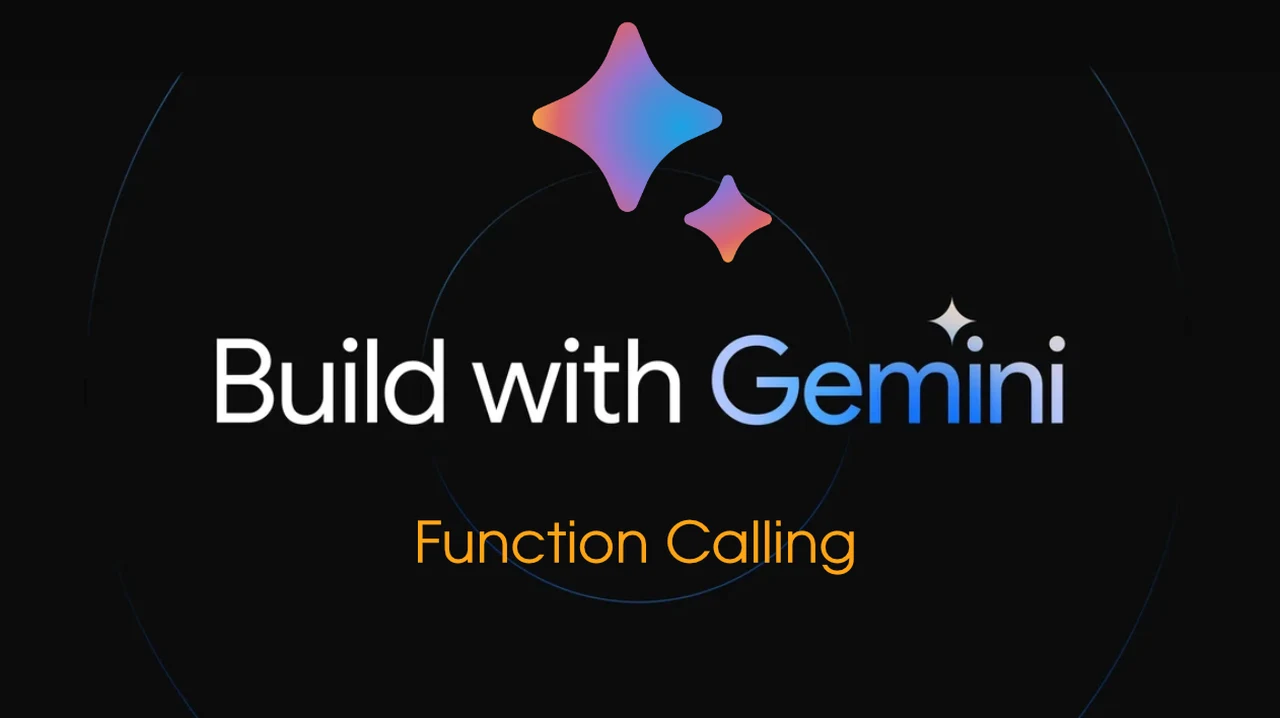[ad_1]
AbiertoAI El martes organizó su conferencia anual DevDay en San Francisco y anunció varias actualizaciones nuevas a la versión de la interfaz de programación de aplicaciones (API) de ChatGPTque se puede reconfigurar y ajustar para ejecutar aplicaciones y otros programas. Entre ellas, las principales introducciones son API en tiempo real, capacitación instantánea y ajuste de visión utilizando GPT-4o. La empresa también está facilitando a los desarrolladores la síntesis del modelo. OpenAI también anunció la finalización de su ronda de financiación e informó que había recaudado 6.600 millones de dólares (alrededor de 55 rupias lakh crore) durante el evento.
OpenAI anuncia nuevas funciones para desarrolladores
En varias publicaciones de blog, la empresa de inteligencia artificial ha destacado nuevas funciones y herramientas para desarrolladores. el En primer lugar Es una API en tiempo real que estará disponible para los suscriptores pagos de la API ChatGPT. Esta nueva capacidad proporciona una experiencia multimedia de baja latencia, lo que permite conversaciones de voz a voz similares al modo de voz avanzado ChatGPT. Los desarrolladores también pueden aprovechar los seis sonidos prediseñados agregados previamente a la API.
Otra nueva introducción es la capacidad de capacitación instantánea en la Interfaz de programación de aplicaciones (API). OpenAI ofrece esta función como una forma para que los desarrolladores ahorren costos en las indicaciones que se utilizan con frecuencia. La compañía señaló que los desarrolladores generalmente siguen enviando las mismas indicaciones de entrada cuando editan el código base o tienen una conversación de múltiples funciones con el chatbot. Con Instant Training, ahora pueden reutilizar las indicaciones de entrada utilizadas recientemente a un precio reducido. El procesamiento en sí también será más rápido. Se pueden consultar nuevos precios. aquí.
También puede ser GPT-4o finamente afinado Para tareas relacionadas con la visión. Los desarrolladores pueden personalizar el modelo de lenguaje grande (LLM) entrenándolo con un conjunto fijo de datos visuales y mejorando la eficiencia de la salida. Según la publicación del blog, el rendimiento de GPT-4o para tareas de visión se puede mejorar con tan solo 100 imágenes.
Finalmente, la empresa también lleva a cabo un proceso destilación típica Más fácil para los desarrolladores. La destilación de modelos es el proceso de construir modelos de IA más pequeños y precisos a partir de un modelo de lenguaje más grande. Anteriormente, el proceso era complejo y requería un enfoque de varios pasos. Ahora, OpenAI ofrece nuevas herramientas como Finalizaciones almacenadas (para crear fácilmente conjuntos de datos de destilación), Evaluaciones (para ejecutar evaluaciones personalizadas y medir el rendimiento) y Ajuste fino (ajustar modelos más pequeños directamente después de ejecutar una evaluación).
Vale la pena señalar que todas estas funciones están actualmente disponibles en versión beta y estarán disponibles para todos los desarrolladores que utilicen la versión paga de la API en una fecha posterior. Además, la compañía dijo que tomará medidas para reducir aún más los costos del código de E/S.
Para lo último Noticias de tecnología y ReseñasSiga Gadgets 360 en incógnita, Facebook, WhatsApp, Temas y noticias de google. Para ver los últimos vídeos sobre gadgets y tecnología, suscríbete a nuestro canal. canal de youtube. Si quieres saber todo sobre los top influencers, sigue nuestra web ¿Quién es ese 360? en Instagram y YouTube.
[ad_2]
Source Article Link












